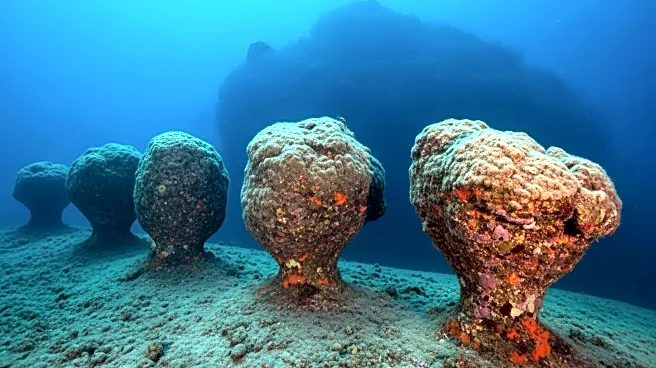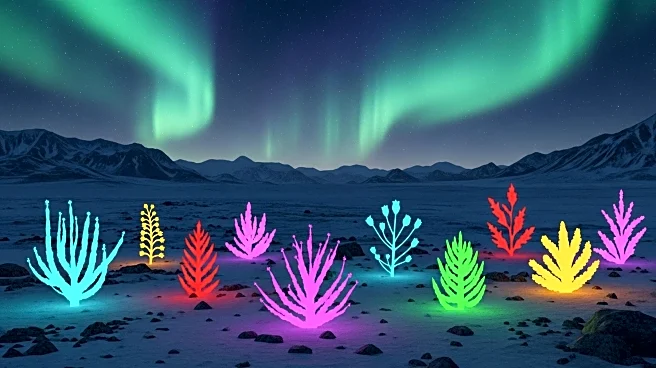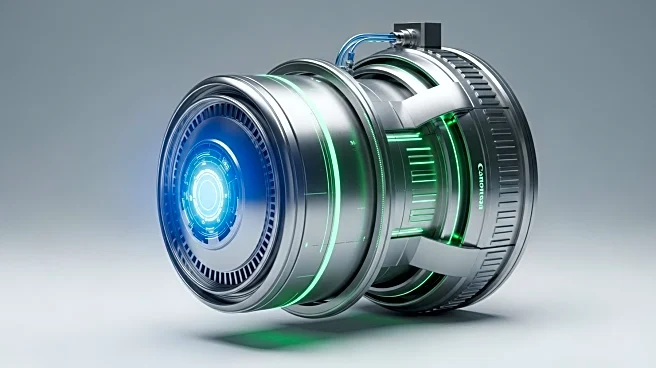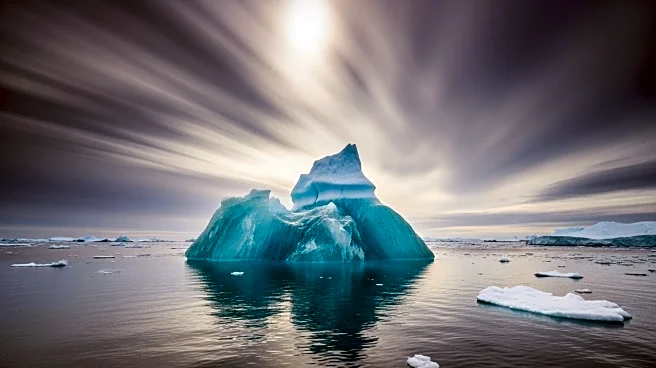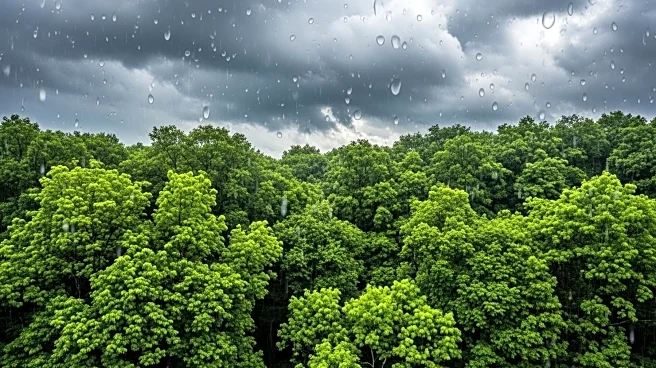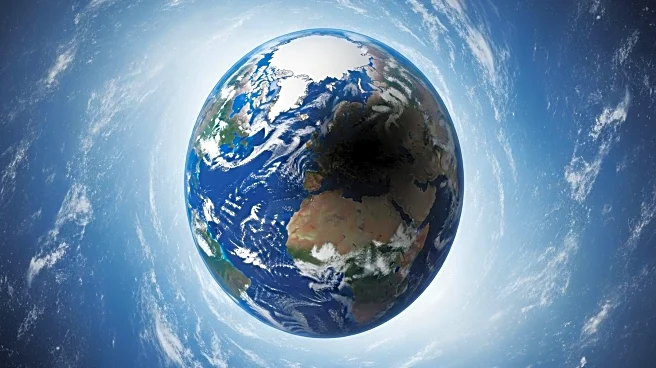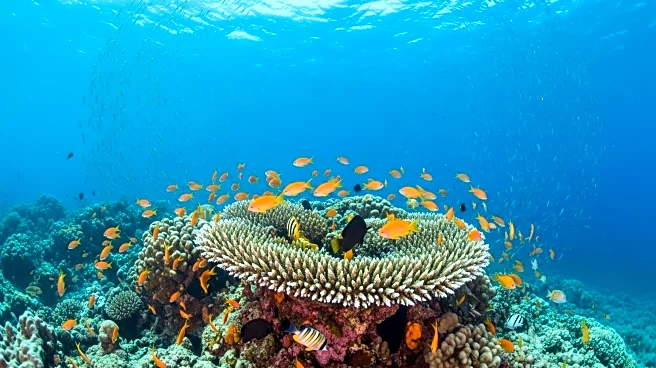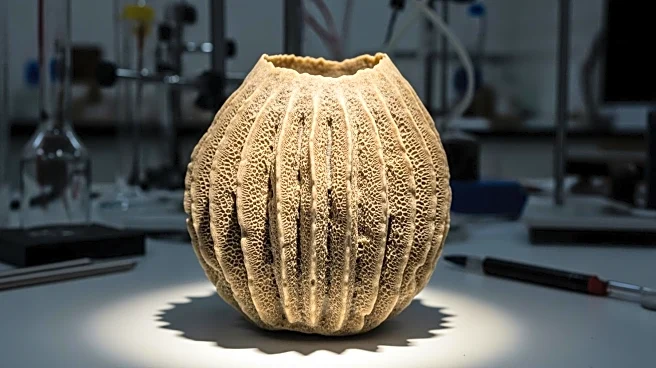What's Happening?
Recent research suggests that the mysterious will-o'-the-wisp phenomenon, characterized by hovering blue flames over bogs and marshes, may be caused by 'microlightning.' This scientific explanation posits that tiny flashes of lightning ignite microscopic bubbles of methane, leading to the spectral glow historically associated with ghostly folktales. Methane, a highly flammable gas released by decaying organic matter, reacts with oxygen to produce a blue-violet glow. The study, published in the journal PNAS, describes how microlightning arcs between electrically charged bubbles of methane in water, generating sparks that ignite the gas. Using high-speed cameras, researchers captured these electrical flashes, demonstrating that microlightning has enough energy to trigger chemical reactions. This discovery challenges previous theories that attributed the phenomenon to static electricity or swarming insects.
Why It's Important?
The findings offer a new perspective on the will-o'-the-wisp phenomenon, potentially impacting environmental science and chemistry. Understanding microlightning could lead to sustainable methods for chemical processes, particularly in reducing atmospheric methane, a potent greenhouse gas. Methane contributes significantly to global warming, and harnessing microlightning might provide a novel approach to mitigating its effects. The study also opens avenues for further research into microlightning's role in oxidizing trace gases, which could influence climate change. Additionally, the research highlights the importance of interdisciplinary studies in uncovering natural phenomena, combining chemistry, physics, and environmental science.
What's Next?
Future research will focus on scaling up the microlightning mechanism for commercial and industrial applications. Scientists aim to explore its potential in reducing methane emissions and developing sustainable chemical processes. The study's authors plan to investigate the phenomenon in non-deionized water, as real-world conditions differ from laboratory settings. This could address questions about microlightning's occurrence in natural environments, such as swamps. The research community may also explore microlightning's implications for early Earth conditions, where similar processes might have contributed to the formation of organic molecules and the origins of life.
Beyond the Headlines
The study raises questions about the interaction between natural phenomena and folklore, illustrating how scientific explanations can demystify historical beliefs. It also underscores the role of innovative research methods, such as high-speed imaging, in advancing scientific knowledge. The potential applications of microlightning in environmental science and industry highlight the importance of exploring unconventional solutions to global challenges like climate change.

